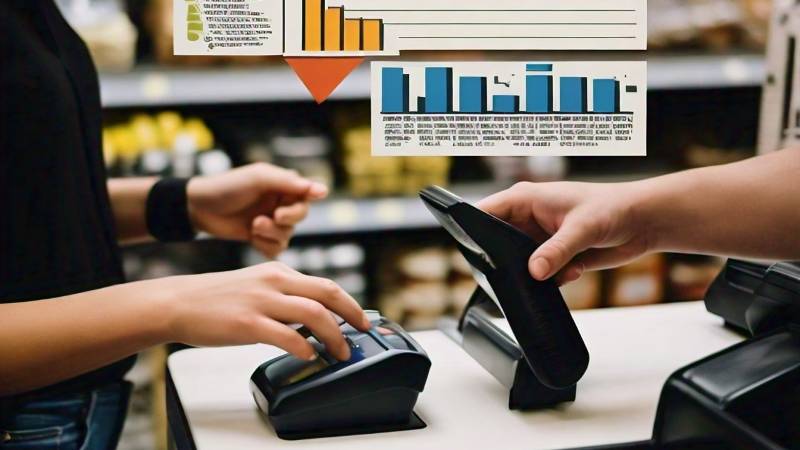In a survey conducted by faculty at Binghamton University, State University of New York, researchers have shed light on the intriguing phenomenon of impulse giving at store checkouts. The study, led by Lauren Dula, an assistant professor of public administration and policy, and Ruth Hansen from the University of Wisconsin-Whitewater, reveals that 53% of Americans have donated to charities while making purchases over the past year, with certain demographics displaying a higher propensity to give.
A Departure from Traditional Donor Profiles
The survey, which polled nearly 1,400 Americans, challenges the conventional notion of the typical charitable donor. As Dula explains, “The old-school donor profile of a moneyed, educated, older donor doesn’t hold in this setting. It really is young and diverse people who are willing to add a little to the pot.”
The findings indicate that women and Black respondents were the top-giving demographics in checkout charity, while middle-class individuals under 50 who have not attended college were also more likely to donate. This contrasts with the profile of formal donors, who typically tend to be older, higher-earning college graduates.
The Mechanics of Impulse Giving
Among those who donated at store checkouts, the most common form of giving was rounding up their total to the nearest dollar, followed by adding a set amount, such as $1 or $5, to their order. Less common was the purchase of tokens for in-store display.
On average, those who gave reported donating about $50 a year through these methods. While the total raised from checkout campaigns has been increasing yearly since 2012, Dula cautions that the frequency of donation requests may lead to complacency or annoyance among customers, potentially causing a dip in contributions.
As researchers continue to delve into the motivations behind impulse giving, the study’s findings provide valuable insights for retailers and charities alike. By understanding the demographics of their clientele, organizations can better tailor their fundraising efforts and raise the profile of local charities doing crucial work in customers’ communities.
Looking ahead, Dula and her team are seeking funding to re-run the survey in a post-COVID context, as the original study was conducted in 2021 when many were still avoiding in-person shopping. They aim to further explore the frequency of donation requests and consumers’ general opinions of these appeals.
As the landscape of charitable giving continues to evolve, the phenomenon of checkout charity offers a fascinating glimpse into the hearts and minds of American consumers, challenging traditional notions of philanthropy and highlighting the power of impulse in making a difference.
The paper, “Who Will Spare a Dime? Impulse Giving Decisions at the Checkout,” was published in the Journal of Public and Nonprofit Affairs.
If our reporting has informed or inspired you, please consider making a donation. Every contribution, no matter the size, empowers us to continue delivering accurate, engaging, and trustworthy science and medical news. Independent journalism requires time, effort, and resources—your support ensures we can keep uncovering the stories that matter most to you.
Join us in making knowledge accessible and impactful. Thank you for standing with us!

